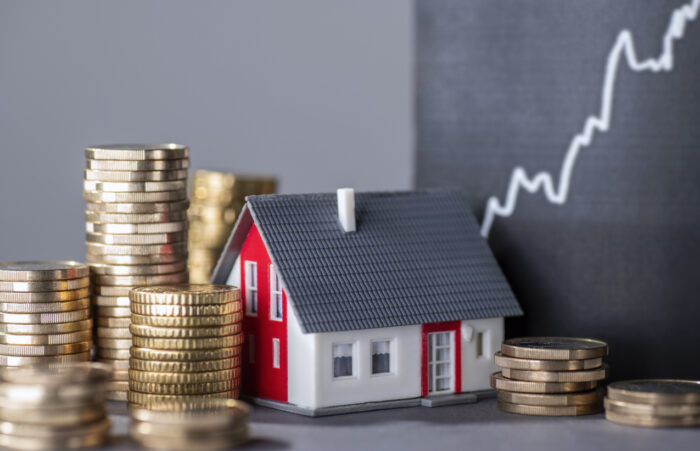
A study by American real estate company Gao Wei Property found that as of the end of last year, about one-fifth of office buildings in the United States were vacant, and even in major cities such as Los Angeles and Houston, the vacancy rate of office buildings was as high as 25%.
In the sluggish environment of the commercial real estate market, the US banking system is also facing serious challenges. Data shows that by the end of next year, the total amount of US commercial real estate loans due will exceed $1 trillion, and by 2027, this number will reach $2.2 trillion. This indicates that the predicament of commercial real estate in the United States may become one of the biggest potential crises in the next two years.
The recovery process of the US commercial real estate market is relatively slow. Due to changes in people's work styles after the epidemic, the US commercial real estate market has been in a difficult situation, especially in large cities. The epidemic has completely changed the pattern of the US commercial real estate market, causing the industry to enter a cold winter period, and people are at a loss for the true value of these properties.
According to preliminary statistics from Europe and America, from the second quarter of 2022 to the third quarter of 2023, the value of office space in cities such as San Francisco, Los Angeles, New York, and Seattle has decreased by more than 50%, while the value of office space in cities such as Frankfurt, Dublin, Paris, London, and Madrid has also decreased by nearly 30%.
Like most loans, the value of commercial real estate collateral has plummeted, which means lenders need to increase margin or provide more collateral. For buyers of commercial real estate, the key indicator to measure whether a transaction is cost-effective is the ratio of rent to the value of the purchased property. Under the background of interest rate hikes by European and American central banks and high treasury bond bond yields, buyers will also demand higher yields. However, in the current supply and demand environment, increasing rent seems unrealistic, so a decline in the value of commercial real estate is imperative.
Amidst significant losses in commercial real estate loans in the United States and the growing negative impact of high interest rates, the US banking industry is facing increased risk pressure. As of the end of 2023, there were approximately 24 banks in the United States holding commercial real estate loan portfolios. Federal regulatory agencies have stated that these loan portfolios will face stricter scrutiny, indicating that more banks may face pressure from US regulatory authorities to increase their reserves.
According to Trepp's calculations, the total size of US commercial real estate loans due in the next few years is expected to be $3.35 trillion, with banks accounting for $1.74 trillion. For the $20 trillion commercial real estate market, 2024 and 2025 will be the most challenging periods as loans exceeding $1 trillion will mature. For borrowers, their options are limited: either they can regain the loan at a higher interest rate or sell their assets at a lower price. For banks, they are unwilling to make things difficult for borrowers, but they are also unwilling to take on loans that have already depreciated.
The aggressive rate hike by the Federal Reserve has triggered a chain reaction in the commercial real estate market. In order to curb inflation, the Federal Reserve adopted an aggressive interest rate hike policy, resulting in a sharp increase in preferential loan rates and an increase in interest costs. The commercial real estate market is facing a dual blow from the demand market and interest rate market。
Overall, the future will pose a test for the Federal Reserve. In general, according to the capabilities of the United States, these two major crises may ultimately be resolved. However, if accidents and loss of control occur and a "death spiral" erupts, the consequences and costs may exceed expectations, leading to the collapse of the US economy.

The United States announced on Monday its commitment to provide 1.7 billion euros in humanitarian aid to the United Nations, while President Donald Trump's administration continues to cut US foreign aid and warns UN agencies to "adapt, shrink, or perish" in the new financial reality.
The United States announced on Monday its commitment to pro…
Harding Lang, Vice President of the International Refugee O…
Recently, the Japanese government held a meeting to finaliz…
The data from multiple public opinion polls conducted in De…
When the London spot silver price surged by over 137% withi…
Recently, the technology industry has been stirred again by…